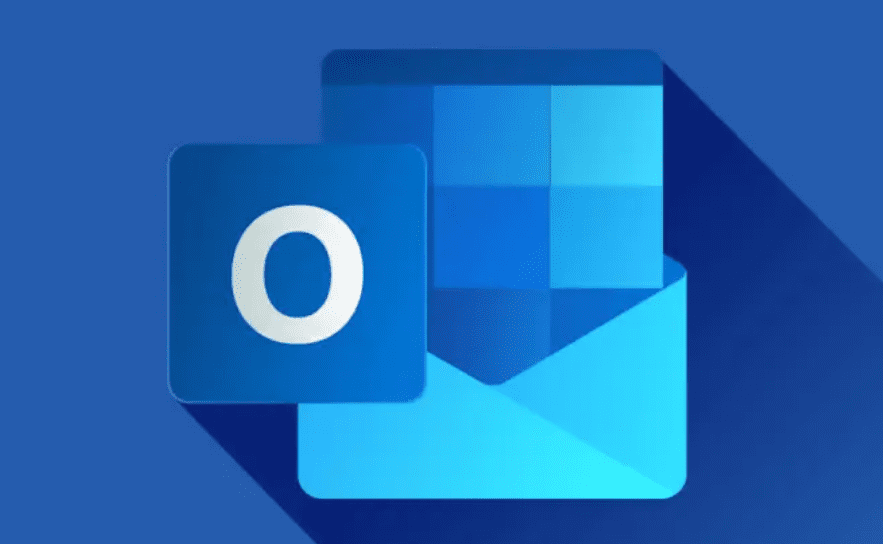Microsoft Outlook is one of the most used web-based email applications, both by individuals and businesses. This platform uses several personal user data pieces like user IDs, passwords, biometrics, and so on, for ensuring ultimate privacy and security. However, sometimes, these information sets throw an error while performing any task on Outlook, which are termed Pii codes.
As there are many reasons due to which this particular error occurs, the codes also differ but all of them will start with “Pii_“ like [pii_email_91e37f9ffb65c3c156df], [pii_email_96b6149fcd9847f7b5ed], [pii_email_3cb8857613cb1c57d17c], [pii_email_9c55590039c2c629ec55], [pii_email_e6685ca0de00abf1e4d5], [pii_email_57bde08c1ab8c5c265e8], [pii_email_4db8322de22af53a2bdc], [pii_email_37f47c404649338129d6] etc. If you ever encounter such an erroneous code, it’s better to get it fixed at the earliest. In this article, we will explain the top 10 methods via which you can easily resolve the Pii error code and get the job done effortlessly.
Methods To Resolve Pii Error Code in Microsoft Outlook
Method 1: Logging out from multiple accounts across different devices
One of the best ways of fixing the Microsoft Outlook Pii error is by logging out of multiple accounts if you have any. When you stay logged in to the same application or web-based email software through multiple accounts in the same system or across multiple systems, the server increases beyond the bandwidth. Therefore, a Pii error is generated. So, make sure to log into a particular account at a time.
Method 2: Disable and then re-enable the antivirus software
No matter whether the antivirus program installed in the PC offers OS protection, internet security, or whole protection, these software platforms tend to create problems from time to time. Therefore, if you are getting the Pii error code while running a task on Microsoft Outlook, disable the antivirus software and restart the machine. Once done, try to proceed with the same task and see if it’s getting done or not.
Method 3: Clear the cookies and cache memory from the web browser
As Microsoft Outlook is a web-based platform, it will use the cache memory if you keep the application running in the background. When the maximum memory will be used, the platform will generate a Pii code error. So, try to clear your browsing history for the last 24 hours along with cache memory, and then try to proceed with the task. If you are not able to get it done, clear the cookies and restart the web browser.
Method 4: Try to use the web-based email application
One of the main problems with Microsoft Outlook is that sometimes, it generates a Pii error when you are trying to proceed with a task on the web browser. So, instead of using the browser, download the application on your local system and try to login to your account from there. Most times, this can solve the Pii issue and allow you to proceed with the task.
Method 5: Uninstall and then re-install the Outlook software
At the time of installing the Outlook application on the local system, sometimes, there can be glitches like improper installation, improper import of the package files, and so on. If that’s the issue, uninstall the program (hardcore uninstall) from the system and then restart it. Once done, install the application once again and check whether the error is being generated once again or not.
Method 6: Use the auto-repairing tool from your PC
One of the best things about Windows is its built-in troubleshooting software that can identify an issue and repair the problem automatically. You don’t have to manually fix them and go through all the hassles. If your Microsoft Outlook account is showing the Pii error code, try to fix the issue by using the auto-troubleshooting tool present on your PC. It will automatically detect what’s wrong with Outlook and fix it. If it can’t fix it, then the troubleshooting software will display the root cause so that you can do the needed.
Method 7: Check the email settings and restore it to normal
We often make changes in application settings to use it as per our requirements. Sometimes, these changes in the configurational settings can cause Outlook to throw a Pii exception error. Therefore, go to your mail settings and revert back all the changes you have done to the default settings. Close the browser and restart your entire system. After that, login to Outlook from the same browser in a new tab and see whether the error is still emerging or not
Method 8: Refrain from using pirated or outdated Outlook version
If you want to use Microsoft Outlook software for your personal use, often you will be asked to get the license. In order to avoid it, many people use a pirated version of the software which is one of the main reasons for Pii errors. So, make sure you aren’t using a pirated one. Also, try to update the Outlook application installed in the local system and get the personal license, if possible.
Method 9: Do not download any email attachment that seems suspicious
Sometimes, the attachments with emails might contain malicious software like malware, rat, or a virus. If you have mistakenly or unknowingly downloaded such a file, it won’t allow you to proceed with any task on Outlook. Therefore, make sure to download the email attachments which are password protected or don’t seem to have any suspicious software.
Method 10: Change the SMTP server code
If all the above-mentioned ways aren’t working for you, try to change the SMTP server code from the browser settings. This will redirect the server traffic and allow you to access the Microsoft Outlook application or website with ease. Often, changing the server ports help in reducing the appearance of Pii error.
Conclusion
Pii errors are frequent and can appear at any time due to a myriad of reasons. Therefore, try to identify the root cause and implement the troubleshooting ways we have discussed above. This will help you resolve the problem quickly and get the job done before the time runs out.



































